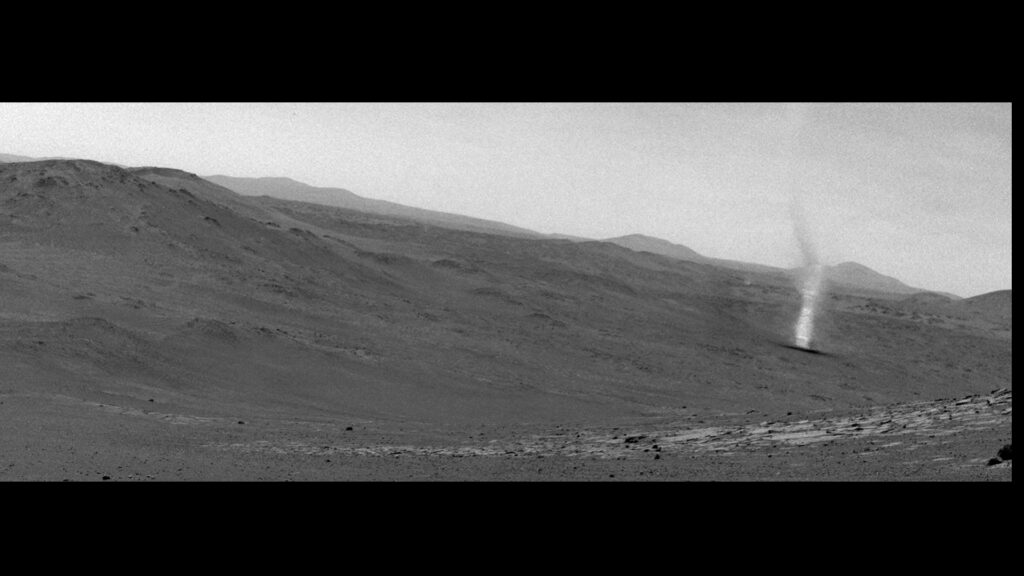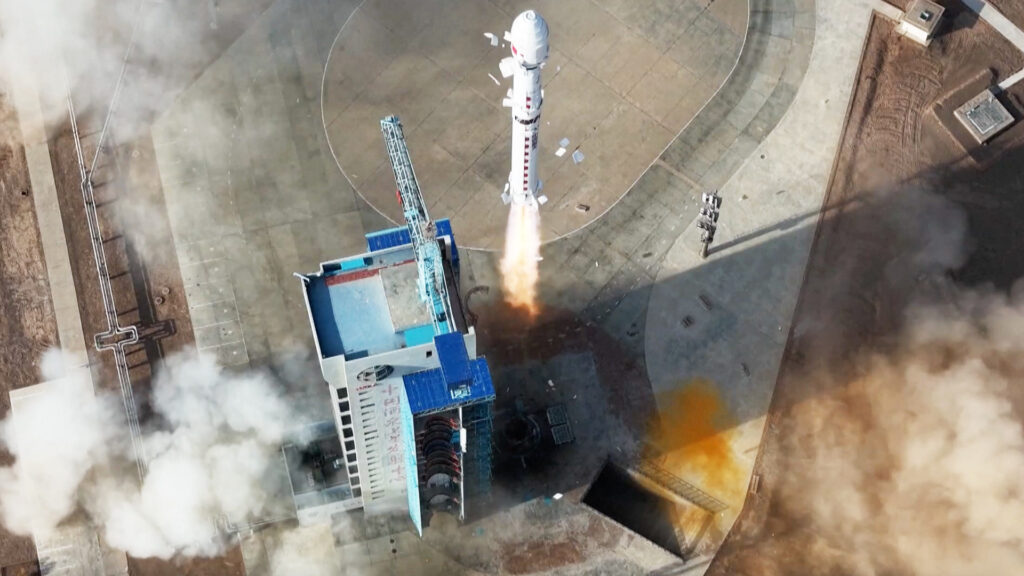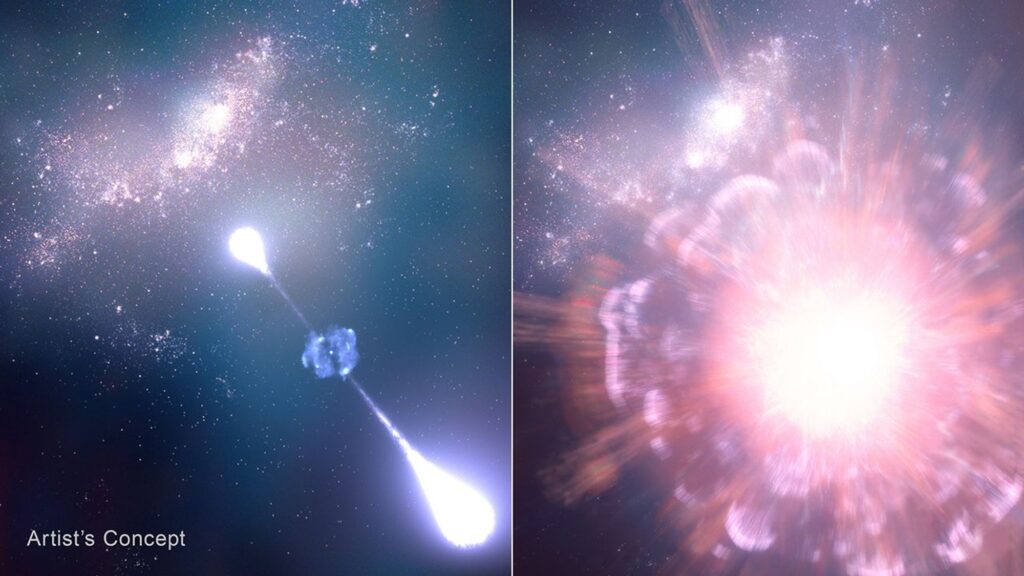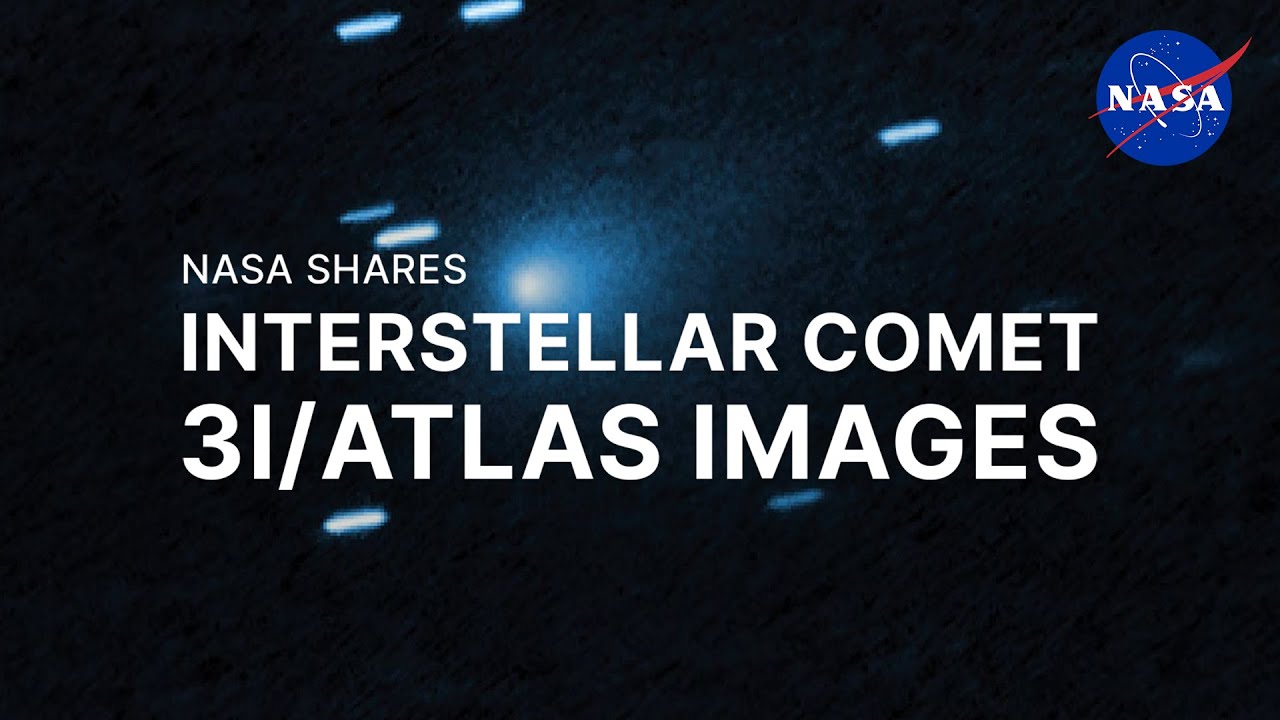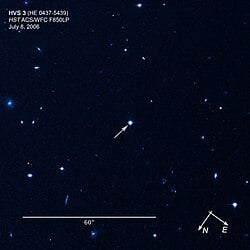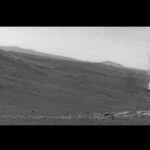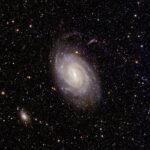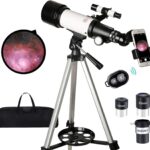Now Reading: As our black hole images get more detailed, we may find Einstein wasn’t quite right about them
-
01
As our black hole images get more detailed, we may find Einstein wasn’t quite right about them
As our black hole images get more detailed, we may find Einstein wasn’t quite right about them
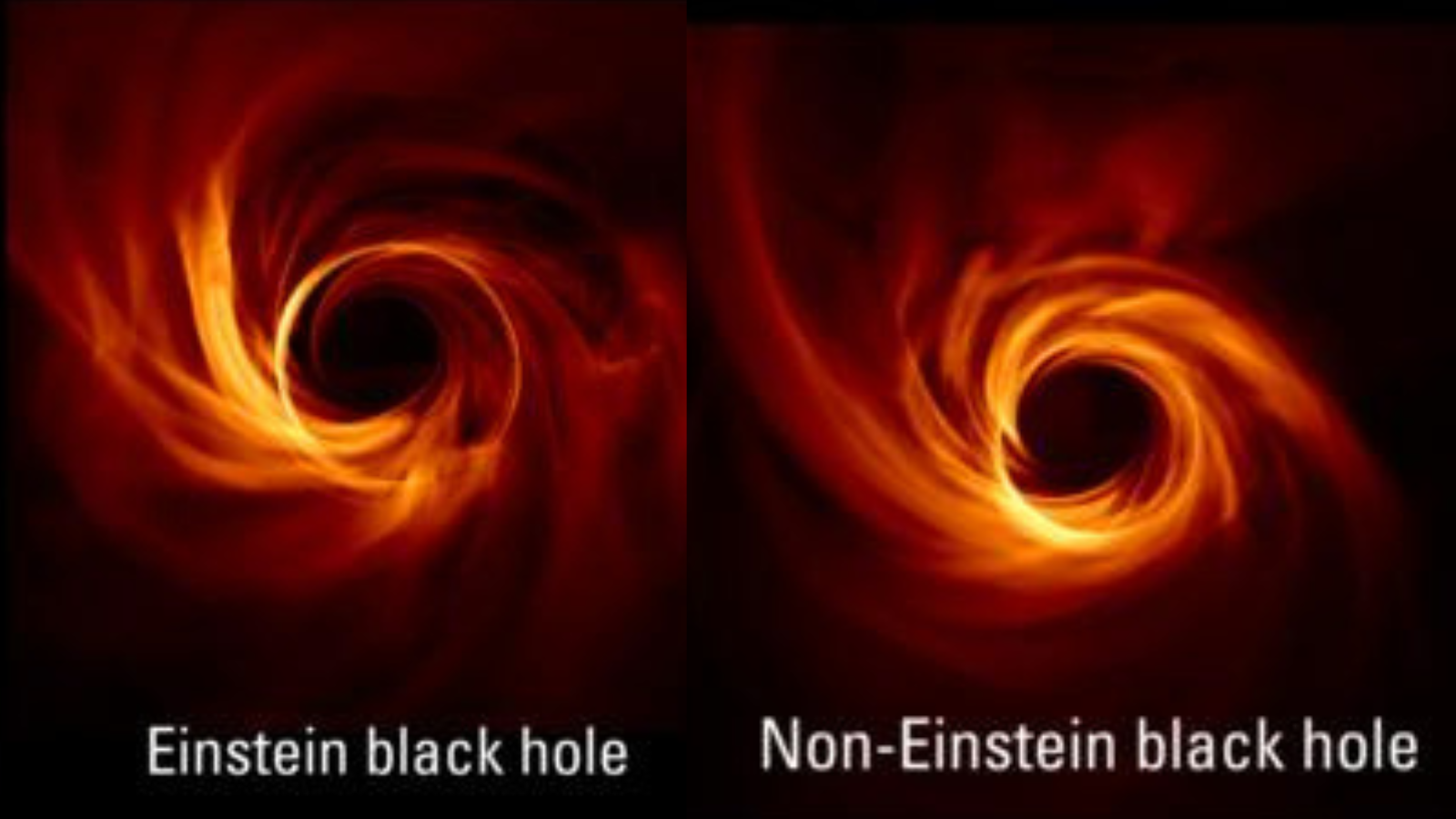
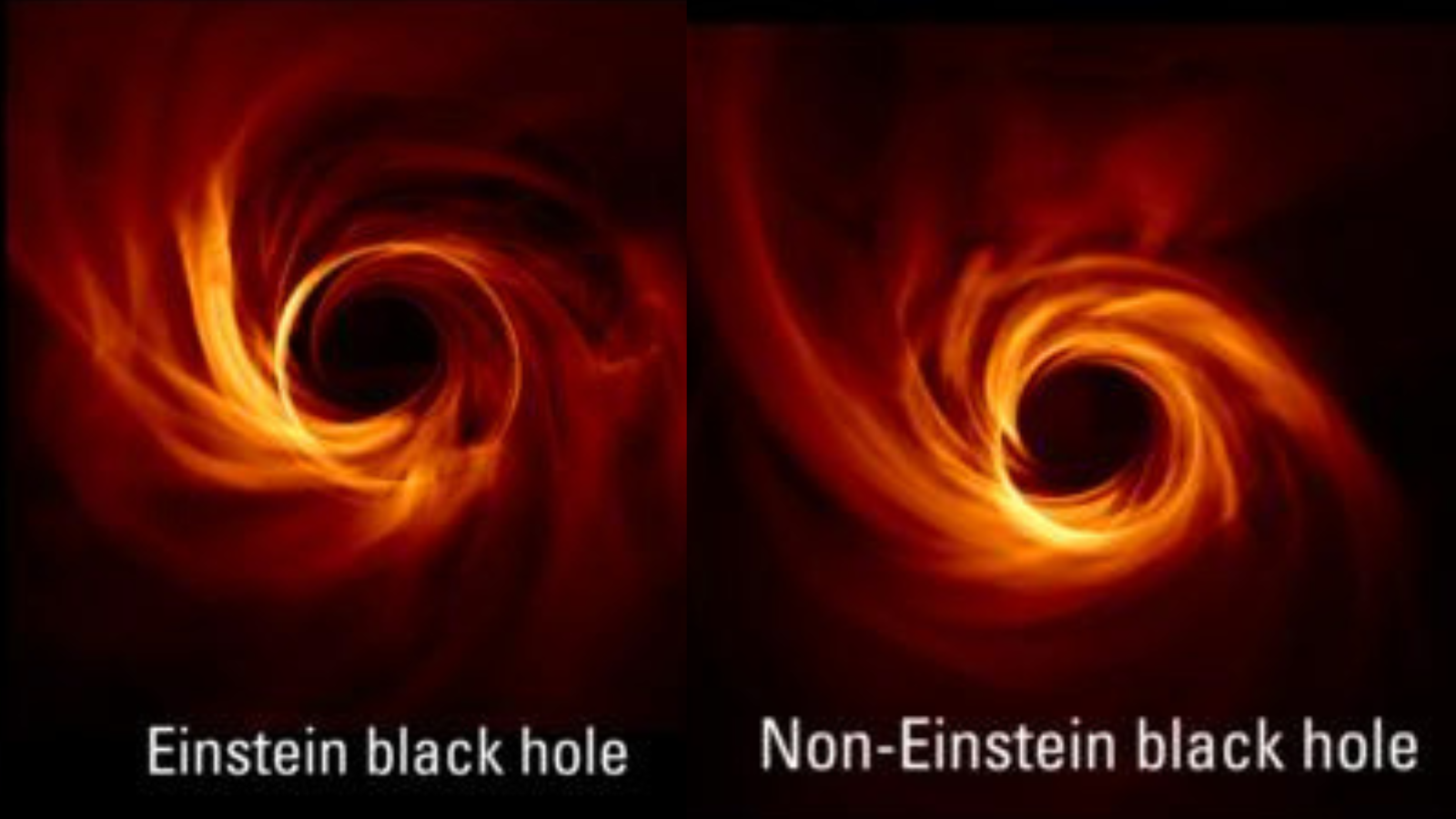
New research suggests future images of black holes could be precise enough to allow scientists to determine if these objects are accurately described by Albert Einstein’s theory of gravity, general relativity — or if they are best modeled by alternative theories.
Such black hole research is possible due to breakthroughs in black hole imaging pioneered by the Event Horizon Telescope (EHT), which revealed the first image of a black hole in 2019. This image focused on the supermassive black hole at the heart of the distant galaxy M87. In fact, our galaxy has its own central supermassive black hole called Sagittarius A* (Sgr A*) — and the EHT collaboration revealed an image of that one too, in 2022.
“We developed a practical, simulation-backed way to compare images of the hot gas around black holes predicted by Einstein’s general relativity with images predicted by deviation from general relativity,” research lead author Akhil Uniyal of the Shanghai Jiao Tong University in China told Space.com. “Running realistic three-dimensional simulations of gas and magnetic fields for many hypothetical black-hole spacetimes produced synthetic images and defined image-comparison metrics that quantify how different two images are.
“The key result is that while many alternatives look very similar to the ‘standard’ black hole at today’s image quality, the differences grow predictably as imaging resolution and fidelity improve, establishing that next-generation horizon-scale imaging could tell Einstein’s black holes apart from non-Einstein black holes.”
Einstein’s black hole recipe
In 1915, over 100 years before the EHT captured an image of a black hole, Einstein formulated his “geometric theory of gravity,” best known as general relativity. Up until this point, the best description we had of gravity was Isaac Newton’s.
Unlike Newton, Einstein proposed that objects with mass warp the very fabric of space and time, unified as a single entity called “spacetime.” And what we experience as “gravity” emerges from this warping. The greater the mass of an object, the more extreme the warping of spacetime it causes, and the greater its gravitational influence.
The concept of black holes emerged from general relativity in 1916 when astrophysicist Karl Schwarzschild, who was serving on the Eastern Front in the First World War at the time, devised a solution to the equations that underpinned general relativity (much to the surprise of Einstein). These solutions revealed that general relativity predicts that, at an infinitesimally small region of spacetime where mass becomes infinitely dense, the laws of physics break down. That point is the singularity at the heart of a black hole. This solution also revealed that a limit should exist around the singularity called the Schwarzschild radius at which the escape velocity of this region of space would exceed the speed of light. This would come to be known as the light-trapping outer boundary of a black hole, or the event horizon.
However, scientists have long speculated that general relativity may not be the correct recipe for black holes. That is an appealing possibility because other theories of black holes may not contain that troubling central singularity at which physics, including general relativity, collapses.
On the other hand, these alternative theories often call for matter with very special properties or even other sorts of violations of the laws of physics.
“Broadly speaking, there are the standard rotating black holes described by general
relativity, called Kerr black holes, and then there are a variety of alternatives motivated by different theories,” Uniyal said.”All of these alternatives are more complex or convoluted than those proposed by Einstein, but remain theoretically viable until they are disproven.”
A major hindrance to testing alternative theories is the event horizon, which prevents any information from the interior of a black hole from reaching an external observer. With black hole imaging now a factor, and with improvements to this imaging on the horizon, Uniyal and colleagues set about determining what scientists could see in these images and in the shadows of black holes that could indicate a deviation from general relativity.
“The black hole shadow is the dark silhouette formed by photon capture and strong gravitational
lensing, which encodes the spacetime geometry very close to the compact object,” Uniyal said. “Small metric deviations translate into small, systematic changes in the shadow’s size and shape and in how light rings form around it, so measuring the shadow precisely provides a direct diagnostic of whether the underlying gravity matches Einstein’s predictions.”
“Because the spacetime around a black hole controls particle orbits and light paths, small metric changes alter where gas orbits and how it radiates,” Uniyal continued, “which can change accretion dynamics, jet-launching regions, radiative efficiency and the brightness and polarization patterns seen by distant observers. In extreme cases, a different interior structure, such as an absence of a true event horizon, could lead to qualitatively different observational signatures as well.”
The researcher added that a detailed enough future image of a black hole could be assessed to determine whether the data is more compatible with black hole “a,” say one described by general relativity, or black hole “b,” described by an alternative theory.
“What our results show is that whatever ‘a’ or ‘b’ black holes one considers, the differences will be small and hence very accurate measurements are needed. Fortunately, these observations will be possible in the not-too-distant future,” Uniyal said. “Two encouraging and somewhat surprising outcomes were that differences between models grow systematically and predictably as imaging resolution improves, meaning higher-fidelity images will truly increase testing power, and the study produced concrete, percent-level numerical understanding for image mismatch where models become distinguishable, which gives clear targets for future observatories.”
The next steps for this research involve the continuing quest to improve the quality of black hole imaging by adding additional telescopes to the network of 11 instruments that comprise the EHT, as well as exploring potential space-based Very-long-baseline interferometry instruments.
“Pursuing different astrophysical scenarios could place quantitative constraints on deviations from Kerr black holes or, if present, detect signatures of alternative theories with the help of future observations,” Uniyal said.
The team’s research was published on Thursday (Oct. 30) in the journal Nature Astronomy.
Stay Informed With the Latest & Most Important News
Previous Post
Next Post
-
 012024 in Review: Highlights from NASA in Silicon Valley
012024 in Review: Highlights from NASA in Silicon Valley -
 02Panasonic Leica Summilux DG 15mm f/1.7 ASPH review
02Panasonic Leica Summilux DG 15mm f/1.7 ASPH review -
 03How New NASA, India Earth Satellite NISAR Will See Earth
03How New NASA, India Earth Satellite NISAR Will See Earth -
 04From Polymerization-Enabled Folding and Assembly to Chemical Evolution: Key Processes for Emergence of Functional Polymers in the Origin of Life
04From Polymerization-Enabled Folding and Assembly to Chemical Evolution: Key Processes for Emergence of Functional Polymers in the Origin of Life -
 05And Thus Begins A New Year For Life On Earth
05And Thus Begins A New Year For Life On Earth -
 06Astronomy Activation Ambassadors: A New Era
06Astronomy Activation Ambassadors: A New Era -
07SpaceX launch surge helps set new global launch record in 2024












